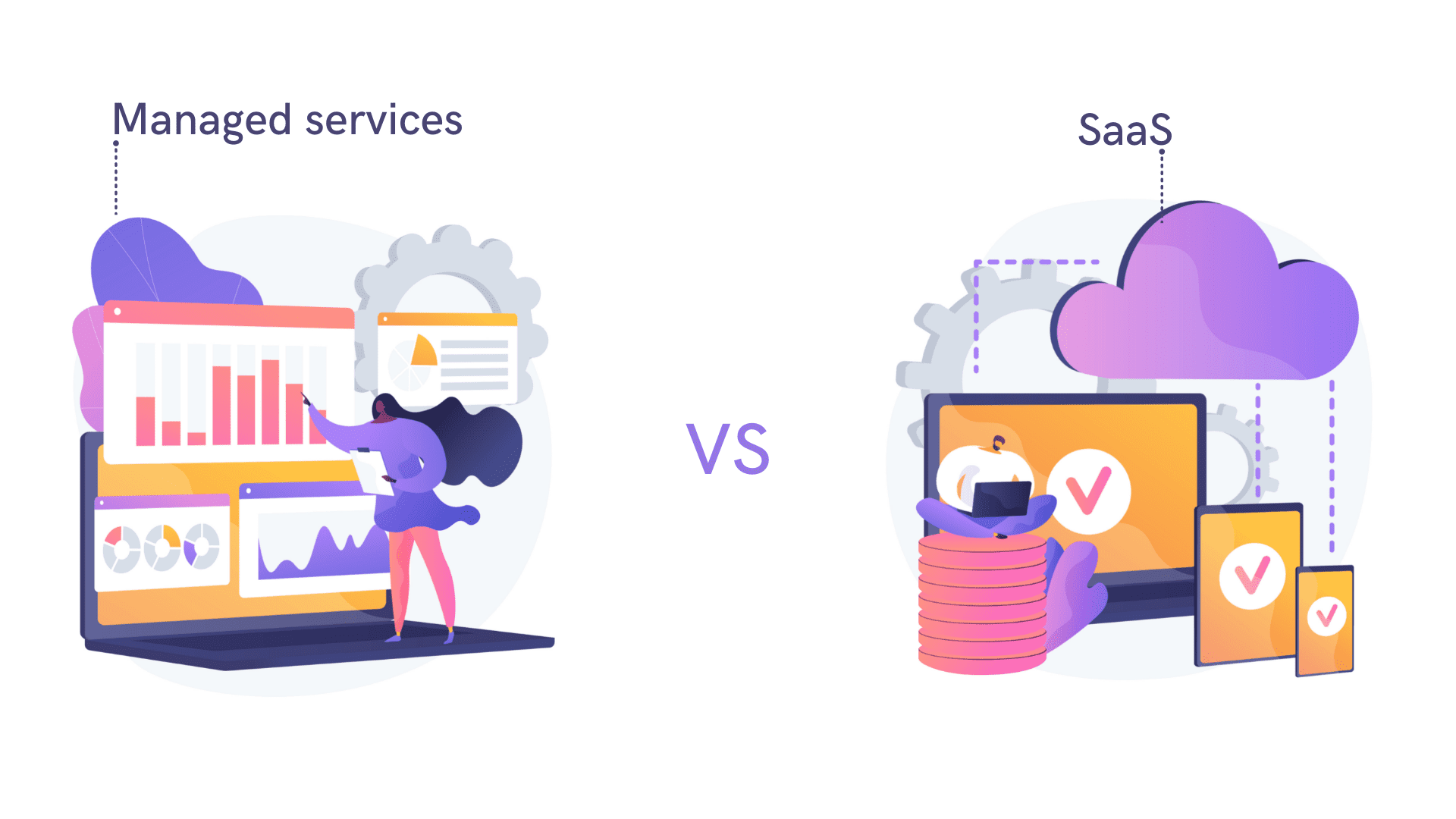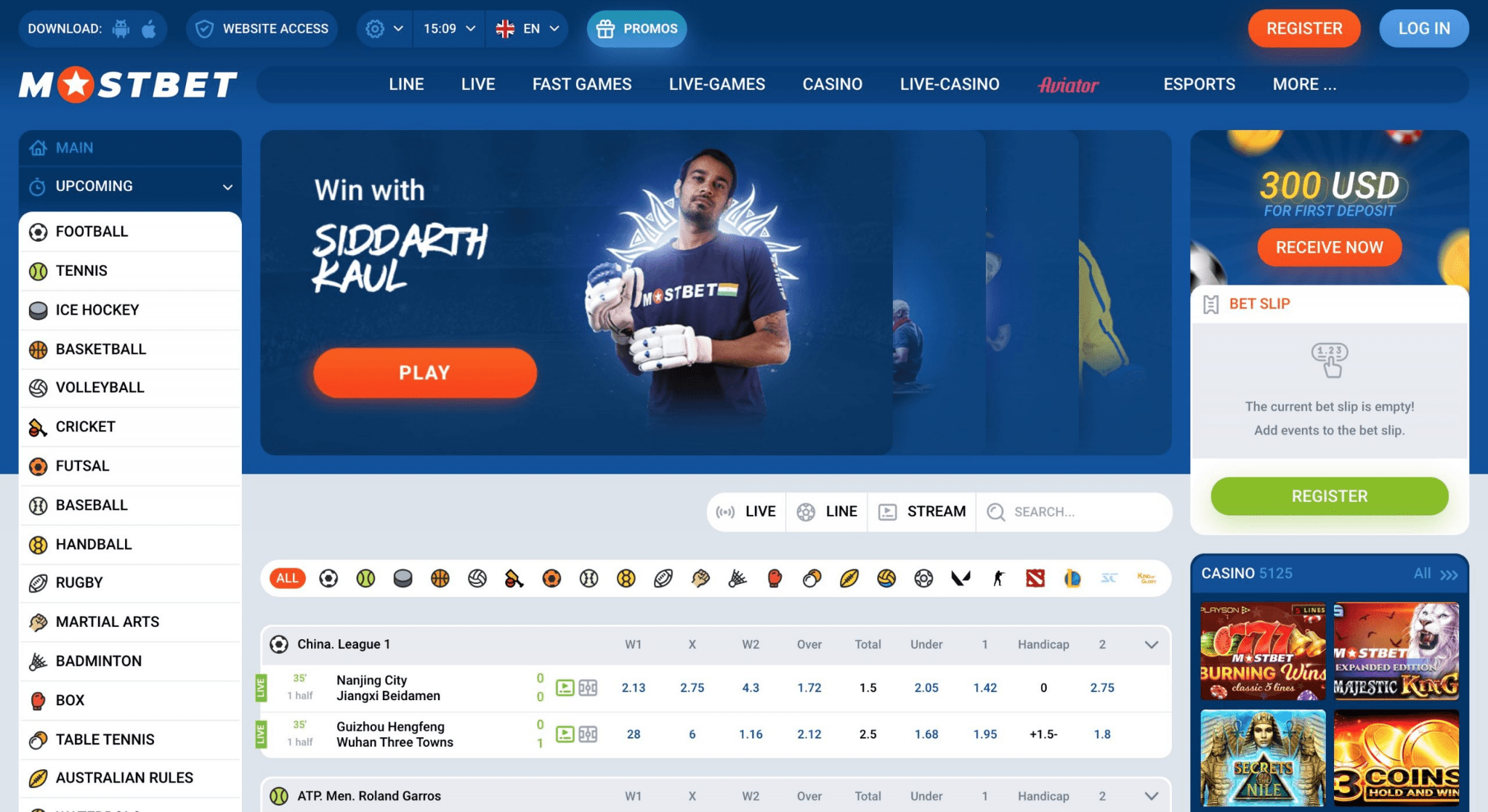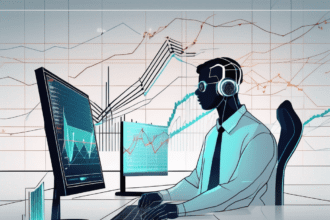
Every day more companies are including the concept of AR in their vocabulary and, above all, are considering its use due to its growing demand. Although they are beginning to be aware of the impact that this software development services generates in their value chain, every day more businesses are interested in knowing what its possibilities are, in which sectors it can be applied and how to do it to adapt it to the needs of each company. .
6 Main Advantages of Augmented Reality in Companies
1. AR as a transversal technology: applies to a multitude of sectors
Many people identify augmented reality with video games, among other reasons, because of the enormous success of Pokémon Go. Another reason why it is usually related to the entertainment sector is because of the confusion it generates with respect to technologies such as virtual reality, much more oriented towards this type of activities, but they are not the same , in fact they have numerous points that separate them. If you want to know more about this issue, we invite you to read our post on the differences between AR and VR .
It is also true that augmented reality can be used as another entertainment mechanism, developing games that can mix the virtual world with the world around us.
Any sector where instructions can be given to a user, client, visitor, worker ; to carry out a specific action, and even to do it in less time, is susceptible to being improved with this custom software development services. Let’s think about tourism , where we can guide a visitor through the points of interest in our city; in culture and art , where we can guide a person to the next work in an exhibition and indicate information about it.
Now let’s think about an operator who has to carry out maintenance or repair tasks on various highly complex equipment. Through AR, the components that he must check could be indicated, not only in a motor or an electrical cabinet, but in a complete installation. In this way, the operator will immediately identify the tasks that he must perform in the shortest possible time. Thus, tasks will be much more efficient and effective .
Automotive, aeronautics, civil engineering, industrial design, architecture, medicine and a long etcetera, are the sectors where in one of their many use cases an improvement based on augmented or mixed reality could be applied.
2. AR Training: Learn Better, Learn Faster
It has been shown that the learning process can be much more effective if it is done in a fun, entertaining way or in a way where the object of the study in question can be clearly visualized.
For example, in primary or secondary education, students could learn the anatomy of the human body represented in real scale, since augmented reality allows the identification of each part of the body.
Continuing with more learning examples, in electrical vocational training lessons the components of an electrical panel could be identified. The user would recognize each of the parts of the electrical installation. In the training of automobile experts, each of the parts that should be inspected in a vehicle would be shown. Or even in the field of aircraft construction, the details of an aircraft engine or the identification of parts on the assembly line could be visualized.
In any custom software development company or business there are training processes . These may be simpler or more complex, but it is clear that they are part of the evolution of any worker throughout their professional career. Thanks to augmented reality you could do things like :
- Identify the different components of any possible scenario.
- Include check-list or guided steps to undertake a task.
- Include questions from an exam or training process related to the element of the question in question.
- Save time and optimize processes.
- Reduce risks.
There are various advantages of guidance through augmented reality that can be applied in various businesses. One of them is that it helps to provide greater security in closed spaces when evacuation routes are implemented . AR in companies also serves as an inclusion system , providing information to less favored groups, with some type of disability, when guided are included. accessible.
3. Reduce costs and optimize tasks and processes
There are a multitude of tasks that are carried out day after day in many companies which could be easily optimized by including some technological solutions.
In large projects such as the installation of photovoltaic plants or the construction of large stores or establishments, operators will find the exact location in which they must carry out their tasks. Once there, the tasks that need to be addressed will be displayed using the augmented reality application. It allows you to make a check-list of the tasks that can be viewed in real time. This, as one of the benefits, results in a reduction in costs .
Let’s think about a logistics warehouse. Approximately the cost of warehouse operations represents up to 20% of all logistics expenses. On the other hand, picking (selection of items on shelves) represents up to 65% of the storage cost. Most workers in these warehouses consult this information on a paper list. This method is slow and inefficient and could be optimized through augmented reality .
Visually detecting this type of information immediately is still a kind of shortcut to getting the job in question done. AR provides a mechanism to shape these types of shortcuts, by including visual layers of information in the work environment .
4. Communication and experiential marketing
Augmented reality represents a new two-way communication channel with your clients, visitors or consumers. Technological solutions can be generated that allow the user to interact in real time with the information around them and, therefore, establish high-value communication between product and customer
AR uses the real physical environment to include it in the final user experience. That is why it is really useful for generating concrete actions on the ground, also using the physical capabilities of the elements that surround the user: walls, floor, furniture, posters, stairs, etc.
That is why augmented reality can be used to create amazing experiential marketing campaigns , to provide immediate information about any product around us; or even to improve the techniques and sales possibilities of our salespeople.
- Generate a greater number of leads and improve the conversion rate
- Increase engagement
- Improve NPS
- Strengthens brand positioning and generates trust
- Differential value
5. Increase in sales
Through augmented reality, potential customers can interact with each product, spending more time in stores. It is estimated that at least half of them are willing to pay more if they can preview what they are going to buy. This saves consumers time and shortens their decision period , in addition to generating a commitment to the brand. In fact, according to a study by the American marketing consultancy Invesp , 45% of customers say that AR functions save them time when making the decision to make a purchase .
Likewise, AR allows the inclusion and personalization of the information shown to each client. The price or features of each product are some of the data that can be included interactively in an AR experience. In this way, the customer ensures that they purchase the item that best suits them, avoiding a possible return . Customers will be more satisfied with their purchase and with the experience they have had in the process, which will increase the chances of them returning to the establishment . This means that it increases engagement and improves the Net Promoter Score (NPS) . In fact, more than 60% of customers globally affirm that augmented reality improves their purchasing process and experience .
On the other hand, AR can be a powerful weapon in the hands of a skilled salesperson. With this type of technology you can show your potential clients , anywhere, the appearance of the product you are selling, even placing it in the space where it would go. Let’s imagine a sale of air conditioning systems or large structures. You could place a virtual model of the product anywhere so that the customer has a clear idea of the final result of the product.
6. Stand out from the competition
Augmented reality allows products to be displayed in real time, size and environment. You can carry out a demonstration in an original and interactive way anywhere .
The content offered through this technology is much more dynamic, interactive and allows more information to be entered than any physical format (such as a catalog or a brochure). It will generate interest in the user and, in addition, they will remember the experience, which will make both your brand and your products stand out from the competition. Augmented reality provides such a realistic user experience that it creates a much deeper and more consolidated memory than any other type of advertising campaign, which generates a closer relationship between the brand and the user .
Author Bio:

Glad you are reading this. I’m Yokesh Shankar, the COO at Sparkout Tech, one of the primary founders of a highly creative space. I’m more associated with digital transformation solutions for global issues. Nurturing in Fintech, Supply chain, AR VR solutions, Real estate, and other sectors vitalizing new-age technology, I see this space as a forum to share and seek information. Writing and reading give me more clarity about what I need.








